The Future of Food
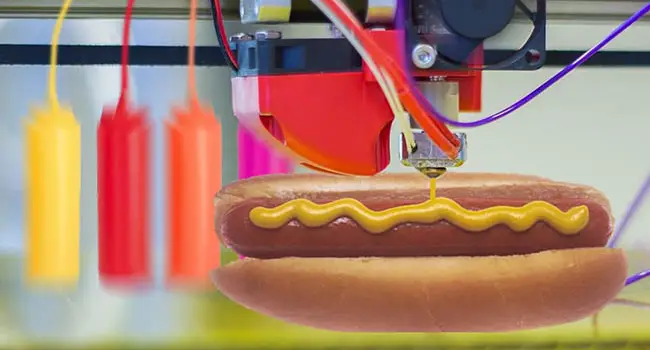
There are wide range of food technologies being cooked up that promise to feed a growing population--if you can stomach them. Lab grown meat, genetically modified organisms, and 3D printed food, are just a few of the things you might come running to the table for in the future. When pig's fly! I meant that literally--when biotech scientists create a nomadic, chicken-pig crossbreed. 'Porken' anyone?
OMG GMO
You may have eaten the future already. Food additives from GMO corn, soy, canola, and sugar beets have been approved by governments and on the shelf for some time. GMOs (Genetically Modified Organisms), GM Foods, or GE (Genetically Engineered) are foods that have had their DNA altered by some means of biotechnology. Commercial sale of genetically modified foods began in 1994 with a delayed-ripening tomato. Other improvements to nature include resistance to weed killer, plants that produce their own pesticide (Bt), and plants that have higher resistance to drought. More GMO added traits are higher yields, added nutrients, disease resistance, and pharming (animals producing pharmaceuticals).
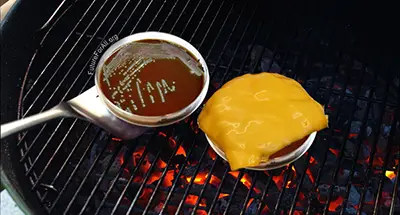
Meat The Fakers
Some say a meat revolution has begun with in vitro or lab grown meat. In vitro meat, also called cultured meat or synthetic meat, is an animal-flesh product that has never been part of a developed, living animal. The first in vitro beef burger, created by a Dutch team, was eaten at a demonstration for the press in London in August 2013.
When considering the resources required to raise livestock, the amount of greenhouse gases they generate and the callousness by which we raise animals for slaughter, it is difficult for me to argue against lab grown meat. All I ask, is that they shape it into spare ribs and cover it with barbecue sauce.
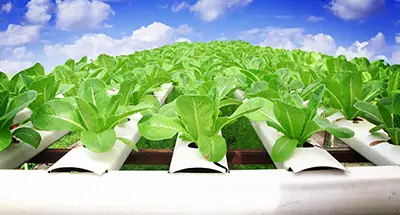
Vertical Farming
Vertical farming does what I have always wanted to do--grow up, instead of out. In many cases, this takes place on the side or top of a building. It can bring fresh produce closer to cities and takes up less ground space. Small, self-contained, indoor vertical farms, also called micro farms, are beginning to appear in grocery stores to provide fresh herbs. Rooftop gardens are another urban farm solution. These small farms are typically designed to provide crops for just one building or community. To become mainstream, indoor farms need to use more efficient lighting. Vertical and rooftop farms are a good idea, but most buildings were not built for that much weight, so you find them mainly on new structures.
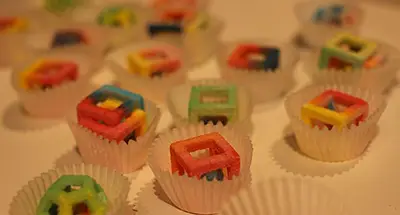
3D Printed Food
The 3D printed food industry is just heating up. Up to now, 3D food printing has mainly been the type of technology where, for example, you supply the ingredients and a machine assembles pizzas (uncooked), or a printer that can build a three-dimensional swan from chocolate 'ink'. This type of technology is useful in restaurants where chefs can use them for repetitive tasks. In the near future, some foods might be created from bio-printing, which could be similar to lab grown meat, but applied layer-by-layer to create tissue-like structures. Printing full, ready-to-eat meals at home presents a bushel of problems, so Star Trek type food replicators probably won't be around any time soon.

Wafer It... Waaaaferrrr It...
A new trend in sustainable food sources is the staple meal. Delivered in powder, liquid, or bar form, they say it contains all the nourishment a person needs to survive, just like the title wafer in the movie classic "Soylent Green". The taste may be bland, but heck, there's plenty of it! The future could very well hold an inexpensive, survival cracker, mainly to nourish the poor.
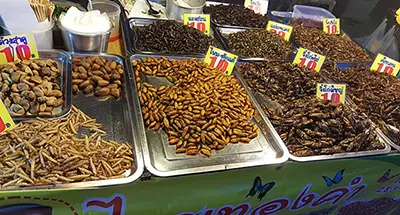
Put Some Ewww in Your Chew
Insects have the numbers and sustainability to provide the world with an earth-friendly food source. They just have a little PR (Probable Regurgitation) problem. Some of the more popular insects consumed around the world include crickets, beetles, grasshoppers, ants, grubs, larvae, worms, scorpions and tarantulas. There are over 1,900 known species of arthropods, including arachnids, that are edible to humans. Wide spread adoption of entomophagy is unlikely unless there are severe food shortages.
The Future of Food Boils Down to This
Without using agro-biotechnology to help create new sustainable food sources, feeding an estimated population of 9 billion in 2050 will come with a super-sized order of wafers and weevils.
More future of food information:
References
Felix 3D Printer image by By Jonathan Juursema (Own work) [CC BY-SA 3.0 (http://creativecommons.org/licenses/by-sa/3.0)], via Wikimedia Commons
Hot Dog by Czar, original photographed by Renee Comet [Public domain or CC0], via Wikimedia Commons
Cheese burgers by Father.Jack from Coventry, UK (burgers Uploaded by Fæ) [CC BY 2.0 (http://creativecommons.org/licenses/by/2.0)], via Wikimedia Commons
BBQ Grill by domdomegg (Own work) [CC BY 4.0 (http://creativecommons.org/licenses/by/4.0)], via Wikimedia Commons
Insect food for sale image from Jnpet, CC BY-SA 4.0, via Wikimedia Commons
Petri dish - Public Domain
In vitro meat - Wikipedia
Genetically modified food - Wikipedia
Wafers by Annielogue - via Wikimedia Commons
Soylent Green Movie - imdb
Future of Earth Articles and Web Sites
I search the internet daily for new articles from around the world that interest me or I think will interest you. My hope is that it saves you time or helps students with their assignments. Listed by most recent first, dating back to 2005.
-
An inside track to increase food production from University of Minnesota
-
Lab-grown meat: you may find it icky, but it could drive forward medical research from The Conversation
-
This Superfood You’ve Never Heard of Could Change the Way We Eat from SciTechDaily
-
Stanford researchers reimagine the future of food from Stanford Report
-
Can the world farm more seafood with less impact? from Anthrocopene Magazine
-
Getting lab-grown meat — and milk — to the table from Knowable Magazine
-
Researchers ask: Could we feed the world with the world’s waste? from Anthrocopene Magazine
-
Rising desertification shows we can’t keep farming with fossil fuels from The Conversation
-
Taste of Success: Zordi Plants AI and Robotics to Grow Flavorful Strawberries Indoors from NVIDIA
-
Impact of Climate Change on Water Resources Will Increase Price Tag to Decarbonize the Grid from UC San Diego
-
Quantum Leap: Is Quantum Farming the Future of Produce? from The Food Institute
-
Robotic Kitchen video
-
Educated Choices Program food-related education website
-
Lab meat down on the farm: It’s going to happen, say advocates from Food Safety News
-
Future foods: How non-thermal tech could transform starch consumption from EurekAlert
-
New research plants the seed to grow food crops with sea water from The University of Newcastle, Australia
-
Food has a climate problem: Nitrous oxide emissions are accelerating with growing demand for fertilizer and meat – but there are solutions from The Conversation
-
What's next for restaurants: Gene-edited salad greens, underground delivery tubes from Axios
-
'Air protein' could soon become a key part of a healthy diet. Here's why from BBC Science Focus
-
Turning waste into wonder: Food packaging research holds promise for a more sustainable future from Clemson News
-
How the world wastes hundreds of billions of meals in a year, in three charts from Vox
-
UC Davis is growing cells to create a meat alternative video
-
‘Eat the future, pay with your face’: my dystopian trip to an AI burger joint from The Guardian

